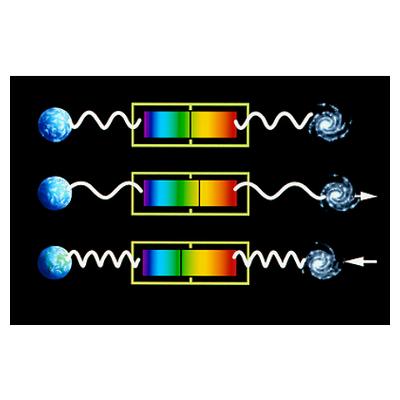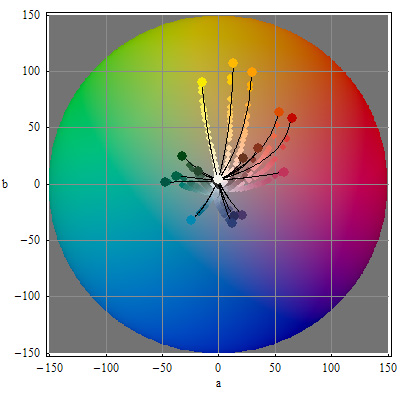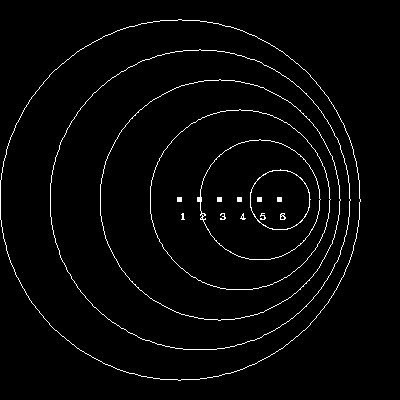Difference between Redshift and Blueshift

When the frequency of wave changes due to the relative motion of the observer and the wave, Doppler Effect is observed. If you are on a highway you will be able to observe this effect when the siren of an ambulance or a police car continues to get high pitched as the vehicle gets close to you. Similarly the siren will get low pitched as the vehicle starts moving away from you. The Doppler Effect is of great significance in physical science. Now considering the light as the medium of flow, the relative motion of the observer and the source can result in frequency change to either the blue colour or red colour. The light moves in the direction of the red if the object is moving away from the source and the phenomenon is known as the redshift. On the other hand if the object is moving towards the source, the effect is called the blueshift. If you are looking to find the differences between these two terms, you will be glad to know that you have come to the right place.
The waves from the source are either cramped together or separated whenever the observer moves from the source. This process gives rise to a change in the rate of wave fronts seen by the viewer. It should be noted that the source frequency and the apparent frequency have different numeric values because the rate of the wave fronts is read as the frequency. Doppler Effect is seen in both mechanical and electromagnetic waves.
When the observer and the source are moving towards each other, the apparent frequency is usually higher than the source frequency. Similarly, the apparent frequency is lower than the source frequency when the observer and the source are moving away from each other. The motion is deduced since the change in frequency is related to the motion of the source and the observer.
With the assumption that the observer is in a stationary position, the apparent frequency is always lower than the source since the source is moving towards the observer. On the other hand, the apparent frequency will have a higher value than the source frequency if the object moves towards the observer.
Instructions
-
1
Redshift
The light moves in the direction of the red if the object is moving away from the source and the phenomenon is known as the redshift. The Z value is positive for the red shift as the source and the observer are moving away from each other.
- Image courtesy: ing.unibs.it

-
2
Blueshift
On the other hand if the object is moving towards the source, the effect is called the blueshift. The Z value is negative for the blue shift as the source and the observer are receding relative to each other.
- Image courtesy: astro.sunysb.edu








